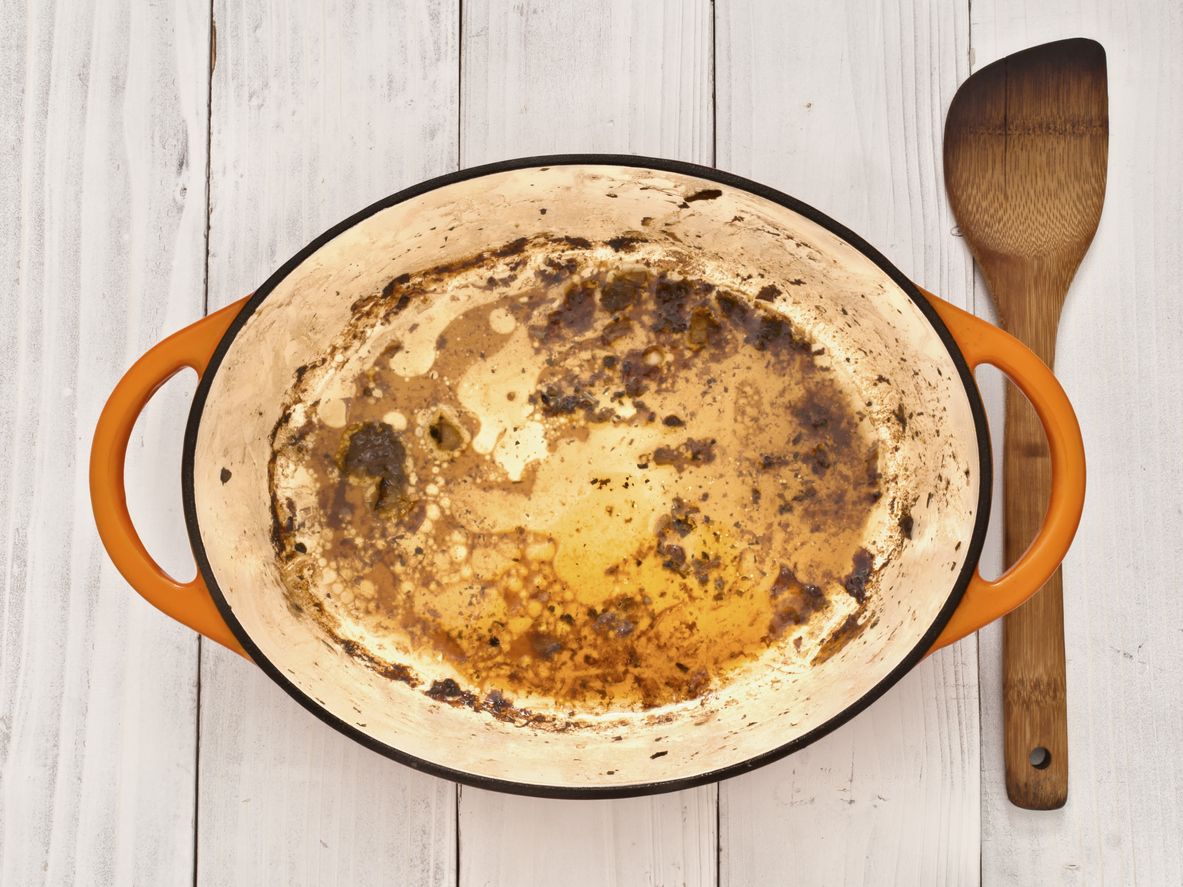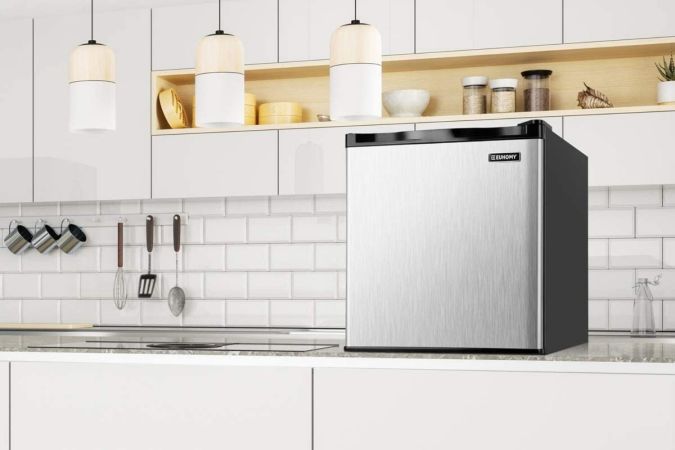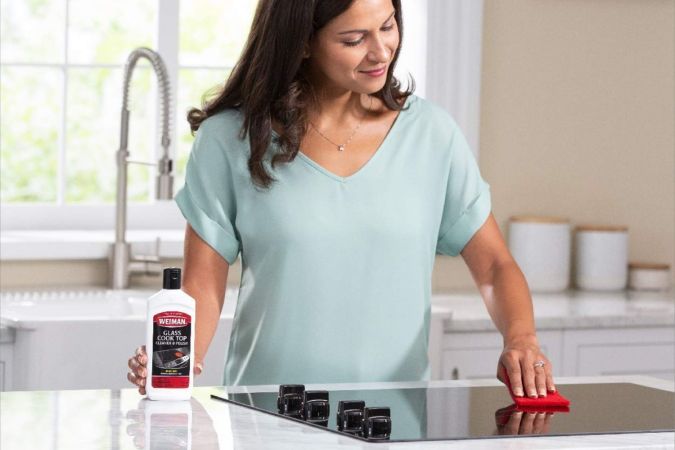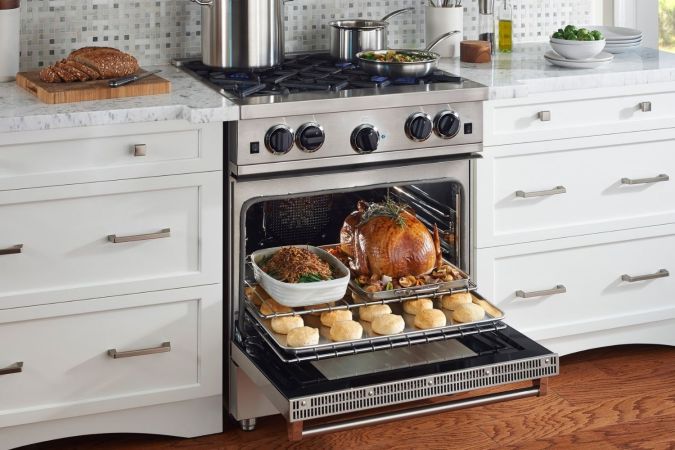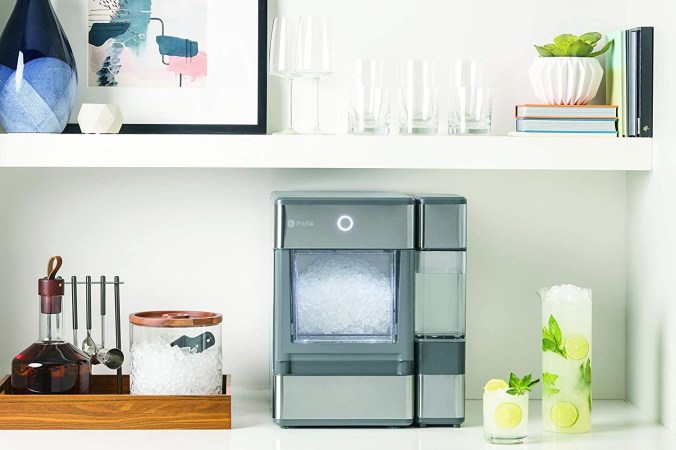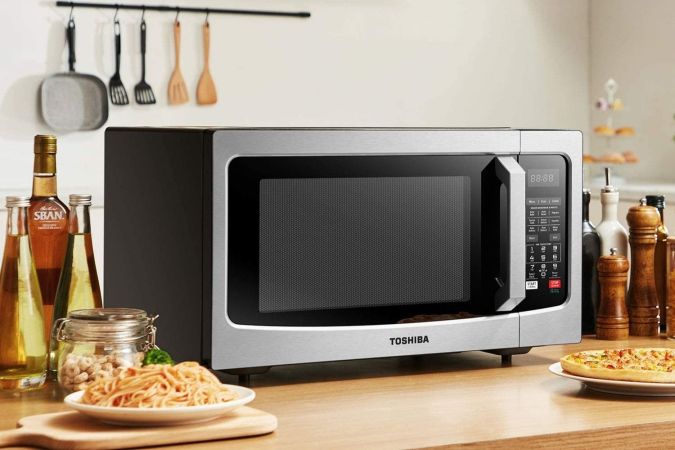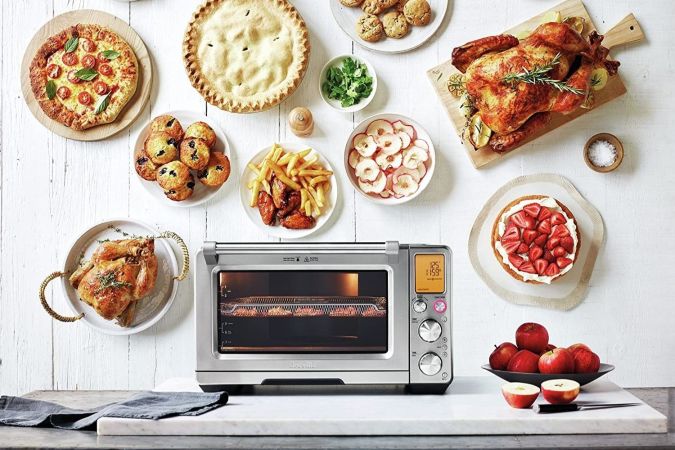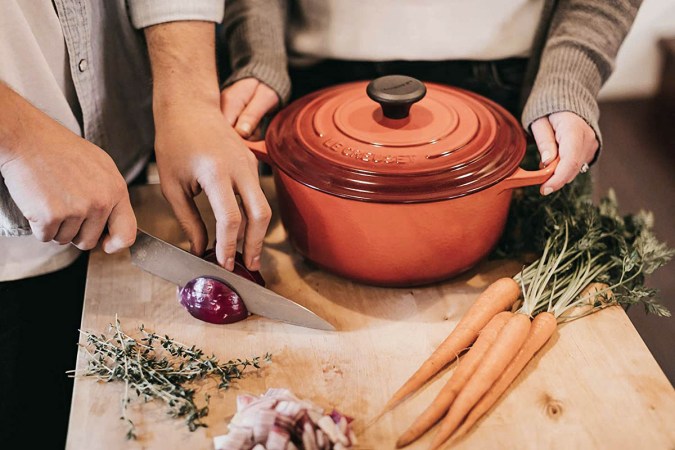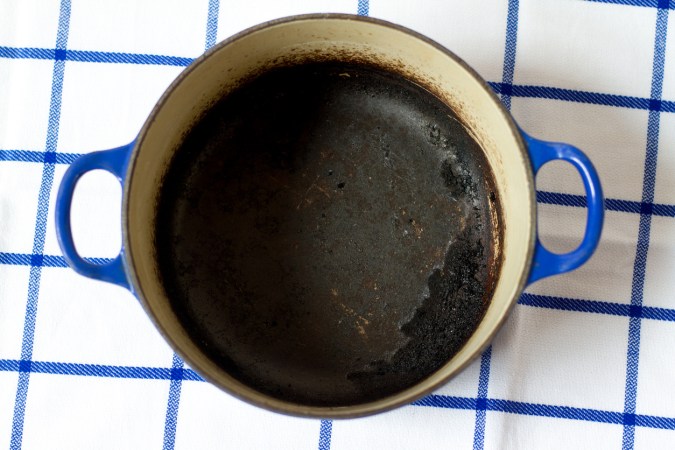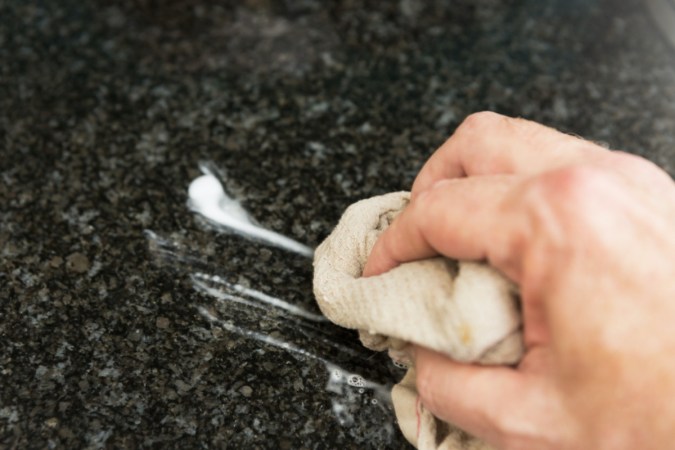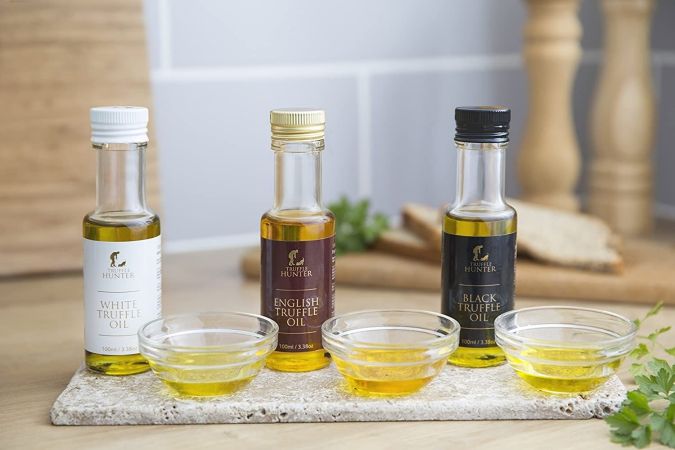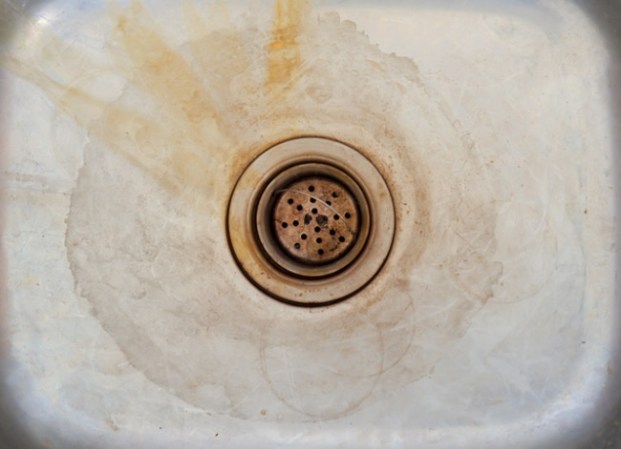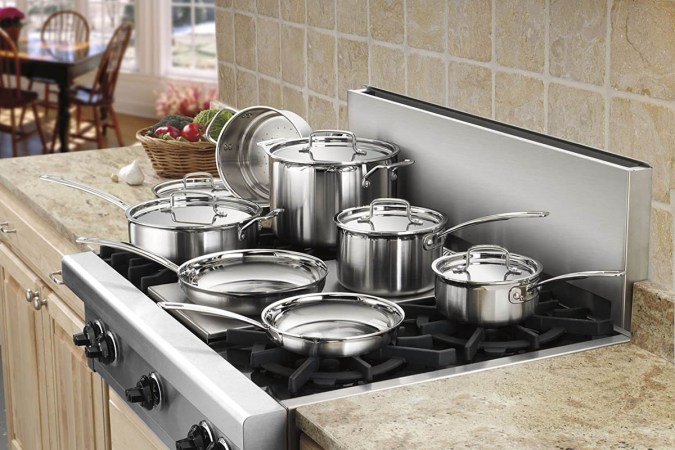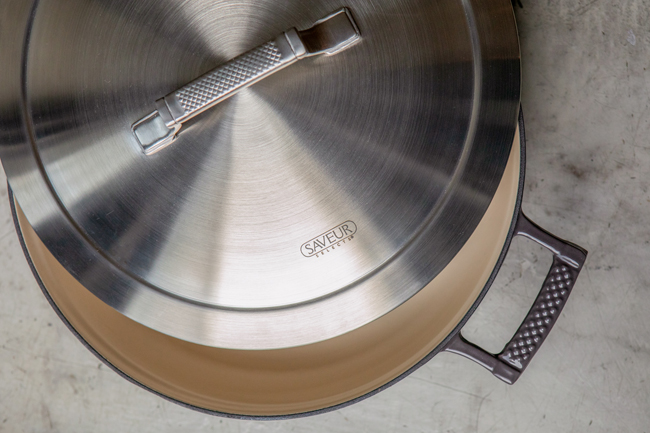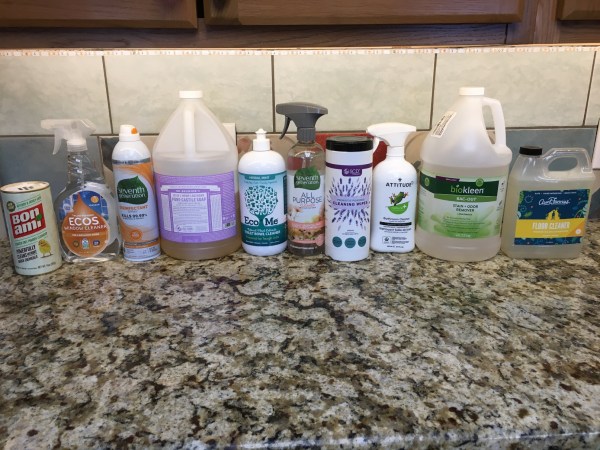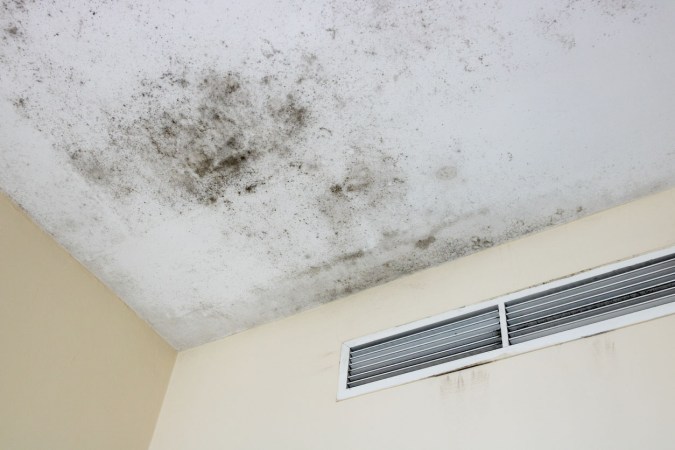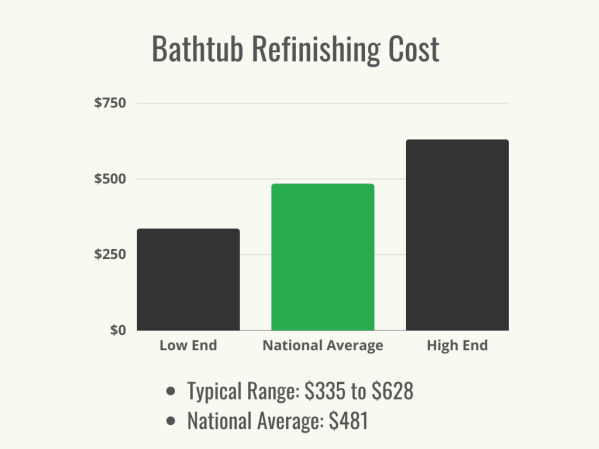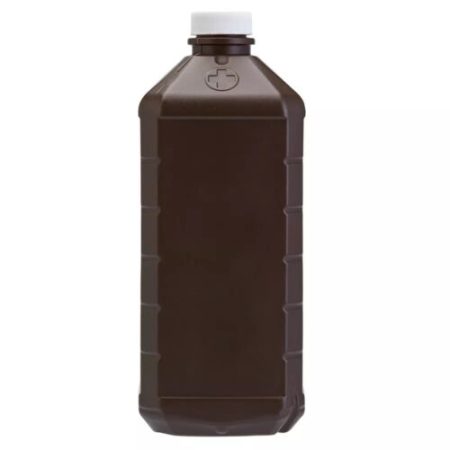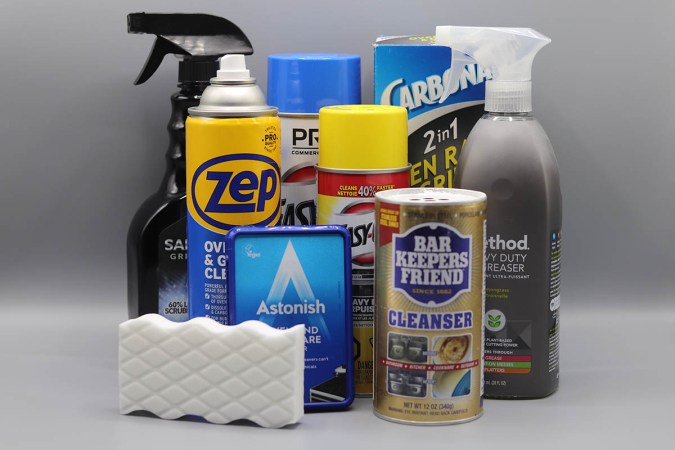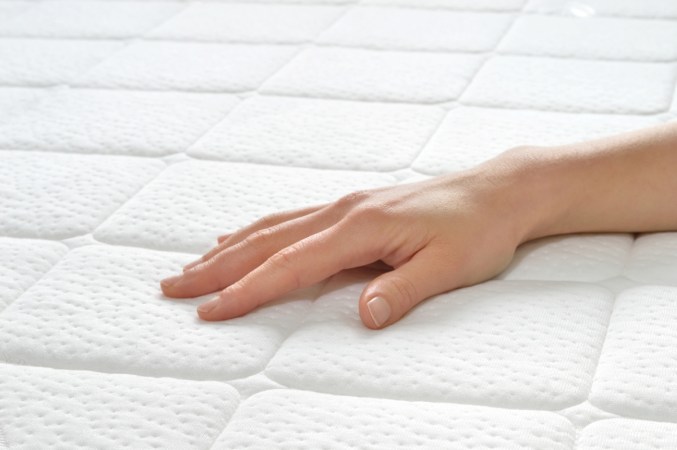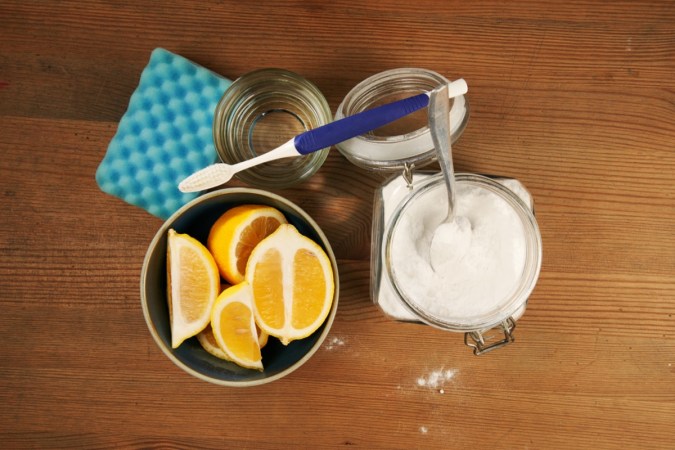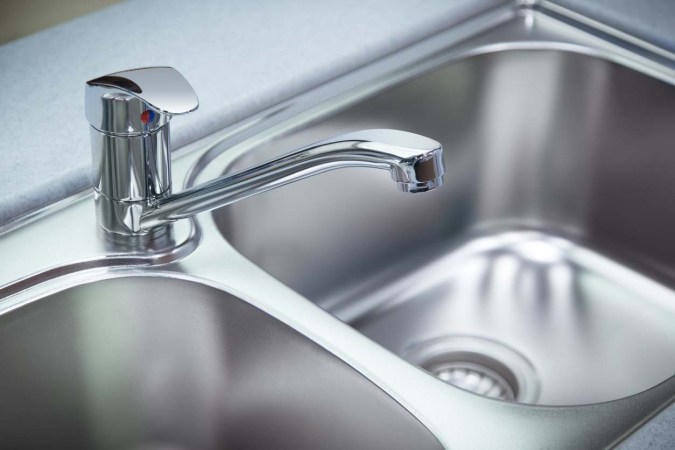We may earn revenue from the products available on this page and participate in affiliate programs. Learn More ›
Enamel cookware is prized for its versatility and durability. It’s made by fusing porcelain enamel to cast-iron cookware, creating a strong and non-reactive surface. Uncoated cast iron has to be seasoned and can rust over time, whereas enameled cast iron is easier to maintain.
While it may be crafted to last for generations, enameled cast iron can become discolored over time. Cooking with high heat, food residue, and standard wear and tear can all contribute to the finish becoming discolored.
Karina Toner, operations manager for Arlington, Virginia-based Spekless Cleaning, says, “Discolored enamel cookware can be challenging to clean, but with the right approach, you can restore its shine and luster.” We’ll cover a few different methods you can use to refresh your discolored enamel cookware, using both commercial cleaning products and standard pantry items for a more natural approach.
1. Act Swiftly
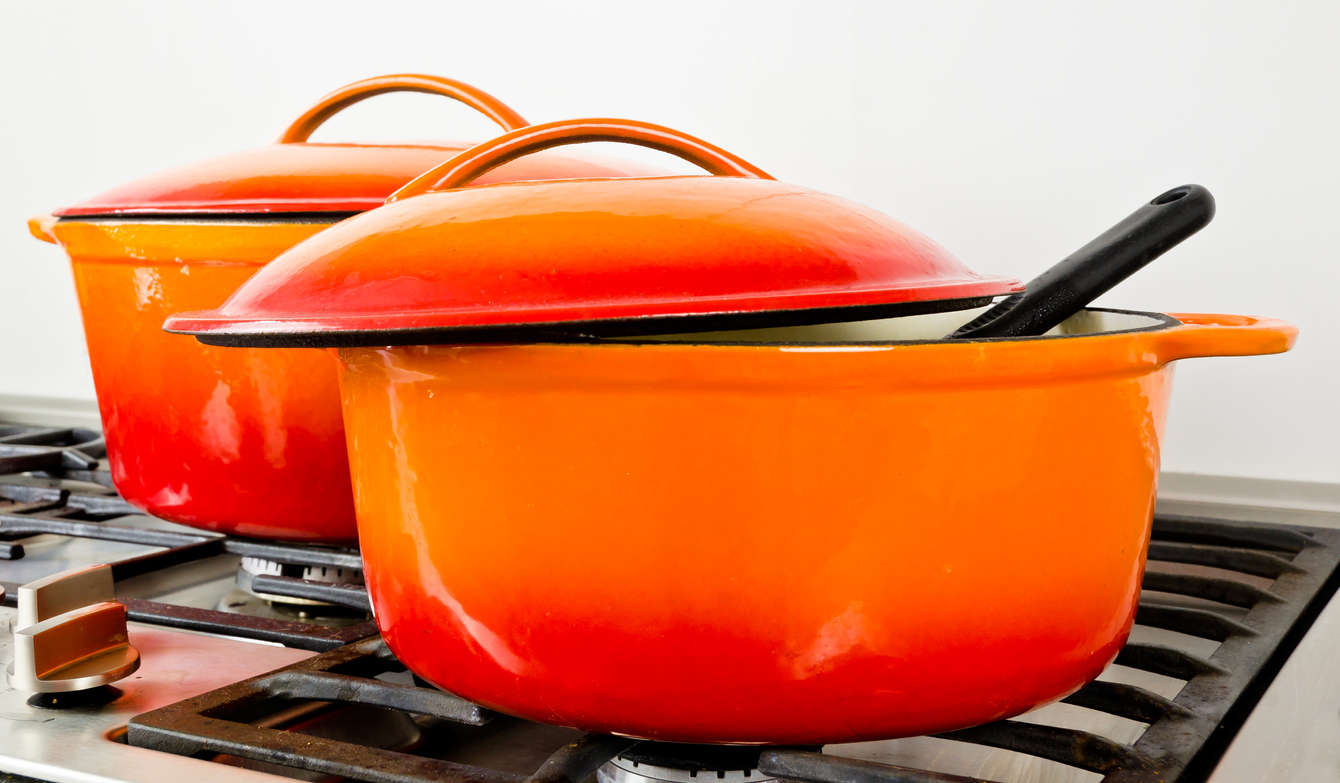
The first step in keeping your enamel cookware looking its best is to clean it properly after every use. While bare cast iron and enameled cast iron share some similarities, cleaning uncoated cast iron cookware involves a different process.
Nate Collier, director of marketing communications at Le Creuset, says, “Always cool a hot pan for a few minutes ahead of washing,” adding, “While Le Creuset’s enamel is designed to be the most durable on the market, thermal shock may still occur, resulting in cracking or loss of enamel.”
Use a gentle tool like a silicone scraper to remove any stuck-on food particles, and then wash the cookware using warm, soapy water. Collier says, “Do not use scourers or abrasive cleaners on the cooking surface. A brush or nylon/soft abrasive pad can also be useful for removing small food deposits or stubborn residues.”
Some enameled cast-iron cookware might be labeled as being dishwasher-safe, but it’s always best to hand-wash it to preserve its longevity. “Remember to always test any cleaning method on a small, inconspicuous area of the cookware first to ensure it doesn’t cause damage,” says Toner.
2. Baking Soda Paste
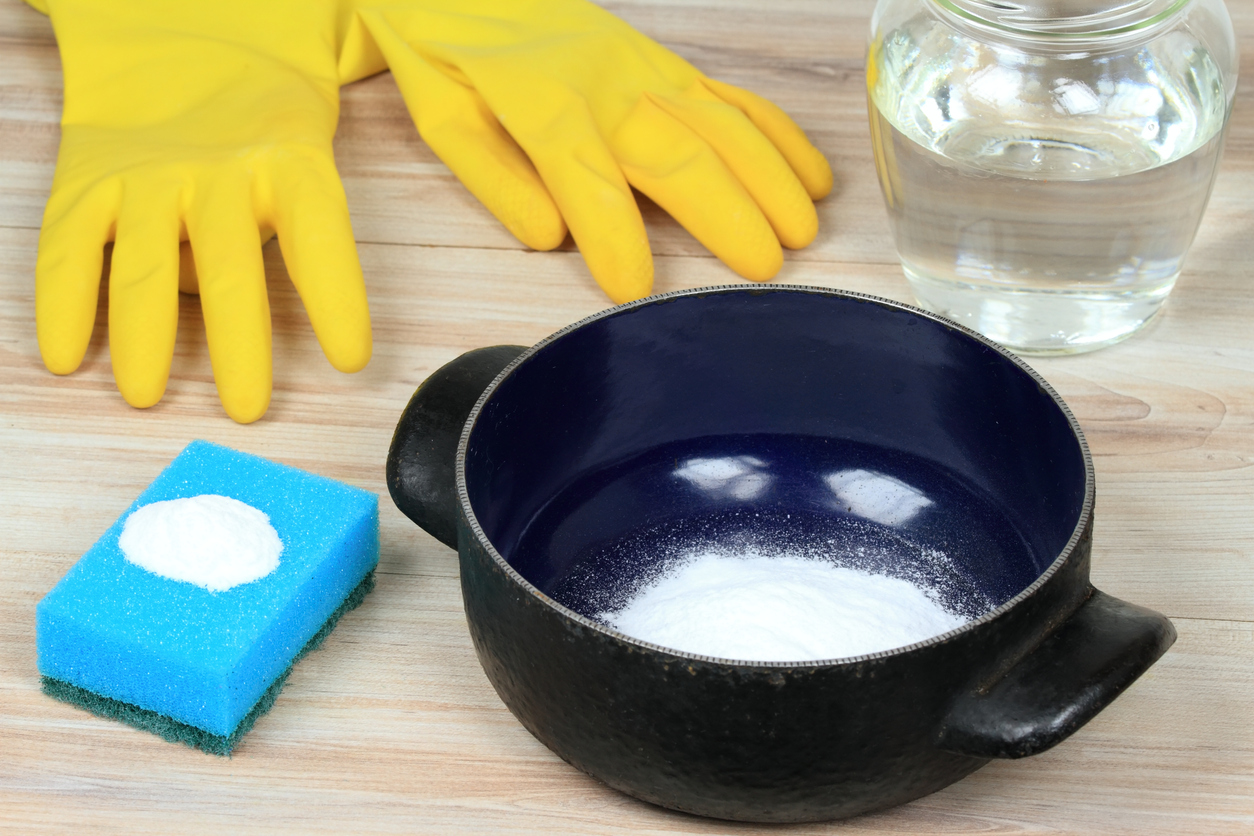
One of the first solutions Toner recommends is using a baking soda paste. This mild abrasive can work wonders on enamel surfaces without causing any damage. To make the paste, mix baking soda with a small amount of water until it achieves a thick consistency. “Apply the paste to the discolored areas of the enamel cookware and let it sit for at least 30 minutes,” Toner advises. Next, gently scrub the affected area with a non-abrasive sponge or cloth and rinse thoroughly with water.
3. Vinegar Soak
For more stubborn stains, a vinegar soak might be the answer. Toner suggests filling the cookware with equal parts water and white vinegar and allowing it to soak for several hours or even overnight. “The acidic properties of vinegar can help break down stains and discoloration,” she explains. After the soak, wash the cookware with mild dish soap and water, and then rinse it thoroughly to ensure no vinegar residue is left behind.
4. Lemon and Salt Scrub
Another natural cleaner to consider is a lemon and salt scrub. “Cut a lemon in half and sprinkle salt on the cut side,” Toner instructs. Using the lemon as a scrubber, rub the discolored areas of the cookware. The combination of lemon’s acidity and salt’s abrasiveness can effectively lift stains and bring back the enamel’s shine. After scrubbing, it’s important to rinse the cookware thoroughly with water.
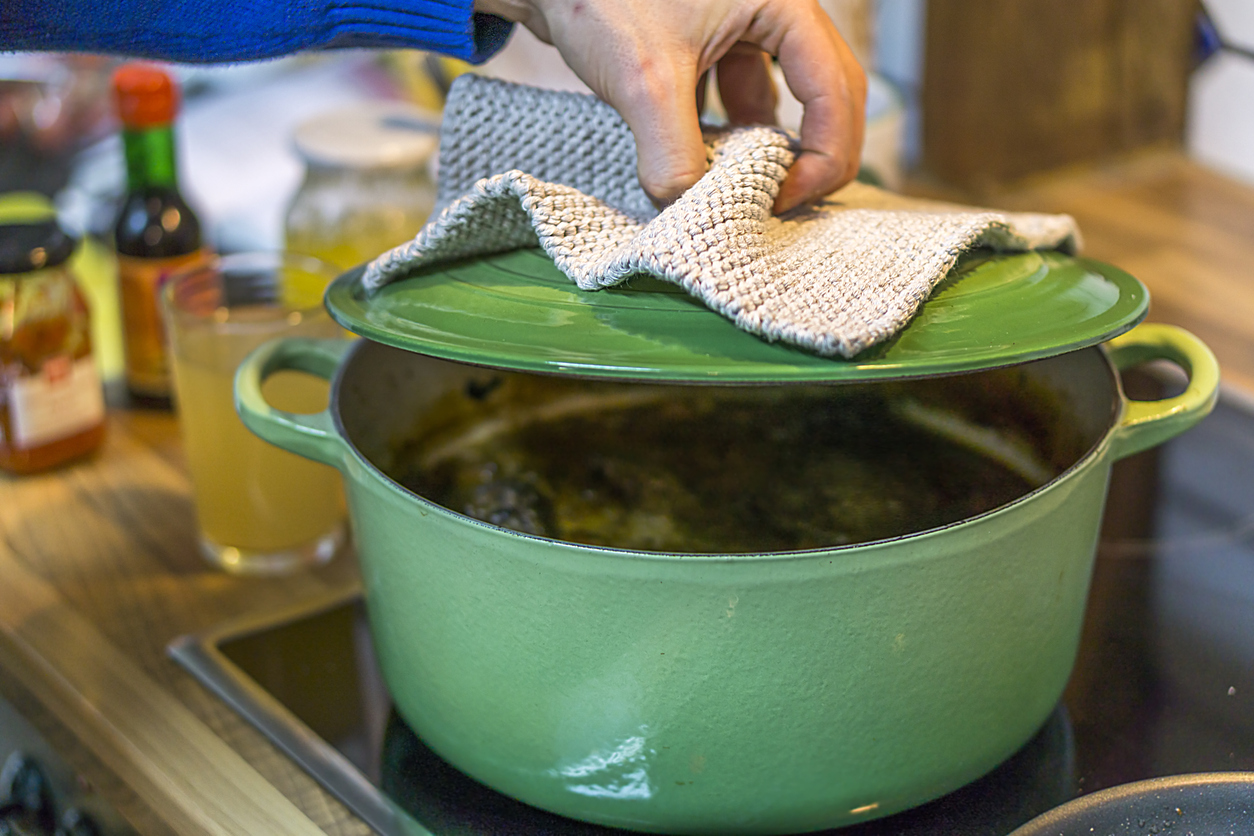
5. Hydrogen Peroxide
Hydrogen peroxide is a mild bleaching agent that can help remove stains without using harsh chlorine bleach. It’s effective on organic stains like food, tea, and coffee. Hydrogen peroxide’s bubbling action helps to lift stains from the enamel surface, making them easier to wash away.
Fill the enamel cookware with enough water to cover the stained areas. Add 2 tablespoons of 3-percent hydrogen peroxide for every liter (or quart) of water. Place the cookware on the stove and turn the heat to high. Bring the water and hydrogen peroxide mixture to a boil. Once it reaches a boil, reduce the heat and let it simmer for about 10 minutes. Allow it to cool, then wash and rinse the pot or pan as you typically would.
6. Commercial Enamel Cleaner
When natural remedies don’t quite cut it, Toner points to commercial enamel cleaners as a viable option. These products are formulated specifically to tackle the challenges of cleaning enamel surfaces. “Follow the instructions on the product label carefully,” she cautions, noting that these cleaners often contain gentle abrasives or enzymes that can remove stubborn stains and discoloration without damaging the enamel.
Looking for a product recommendation? Collier suggests Le Creuset’s cookware cleaner, saying, “In the case you find light stains or metal marks, Le Creuset’s cookware cleaner safely removes heat stains, discoloration, grit and grime from cast iron cookware while preserving and enhancing the shine of the enamel.”

